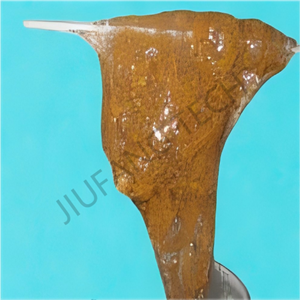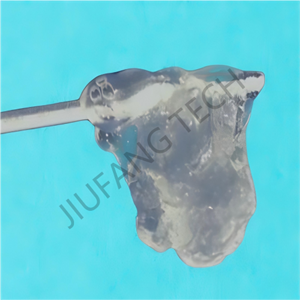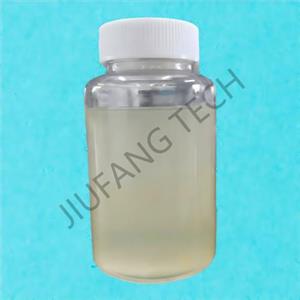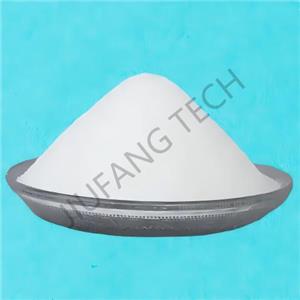Demulsifier manufacturer
Our main product--Demulsifier
As a demulsifier manufacturer, Jiufang TECH has been committed to jointly developing the market(demulsifier& reverse demulsifier) with our business partners. Nowadays, our main products(demulsifier& reverse demulsifier) have passed the third party test for applying to be a quanlified supplier.
Background: The crude oil of a certain oilfield of CNPC has complex properties, and the crude oil contains various emulsifiers and impurities, resulting in difficulties in oil-water separation.
Application of the new demulsifier: As a manufacturer of oil demulsifier chemicals, Jiufang TECH has developed and applied a new type of oil demulsifier chemicals suitable for this oilfield. Oil soluble demulsifier can effectively destroy the stability of the emulsion, enabling rapid oil-water separation.
Oilfield demulsifier not only improves the dehydration efficiency of crude oil, but also reduces the scaling and corrosion problems of equipment, prolongs the service life of equipment, and reduces the equipment maintenance cost. Meanwhile, the use of the new oilfield demulsifier also helps improve the quality of crude oil, providing a better raw material basis for subsequent processing.
In the produced fluid, the fast acting demulsifier achieves efficient separation in the following ways:
The interfacial film is disrupted by the oil demulsifier chemicals molecules (such as polyethers, amine derivatives) preferentially adsorbing at the oil water interface, replacing natural emulsifiers (asphaltenes, resins), weakening the strength of the interfacial film and causing it to rupture.
Water drop coalescence is realized by the bridging effect, which aggregates dispersed small water droplets (diameter < 10μm) into large droplets (diameter > 50μm), enhancing the gravitational sedimentation ability.
Synergistic viscosity reduction means that some oil demulsifier chemicals can reduce the viscosity of crude oil (especially for the produced fluid of heavy oil), reducing the sedimentation resistance of water droplets and further accelerating the separation. The properties of the produced fluid are complex (with large differences in water content, viscosity, sand content, and degree of emulsification), and the application of the oil demulsifier chemicals need to be optimized accordingly:
For low water content produced fluid (water content < 30%, W/O type), oil soluble demulsifier (such as polyoxypropylene ether) are preferred to enhance their dispersibility in crude oil.
For high water content produced fluid (water content > 60%, O/W type), water soluble demulsifier (such as sulfonates) is selected to improve their diffusion efficiency in water.
For produced fluid containing sand / polymers (such as in polymer flooding oilfields), flocculants (such as polyaluminium chloride) need to be compounded to prevent solid particles from hindering the oil - water separation.
Temperature: Moderate heating (40 - 80℃) can enhance the activity of the demulsifier (but energy consumption needs to be balanced), which is particularly important for the produced fluid of heavy oil.
Dosage: Usually, it is 50-500 ppm of the mass of the produced fluid. Excessive dosage may lead to "re-emulsification" (re-forming a stable emulsion), and the optimal dosage needs to be determined through on site jar tests.
Residence time: The fast acting demulsifier can shorten the residence time in the traditional sedimentation tank from 6-8 hours to 2-3 hours, which is suitable for the needs of continuous production.




